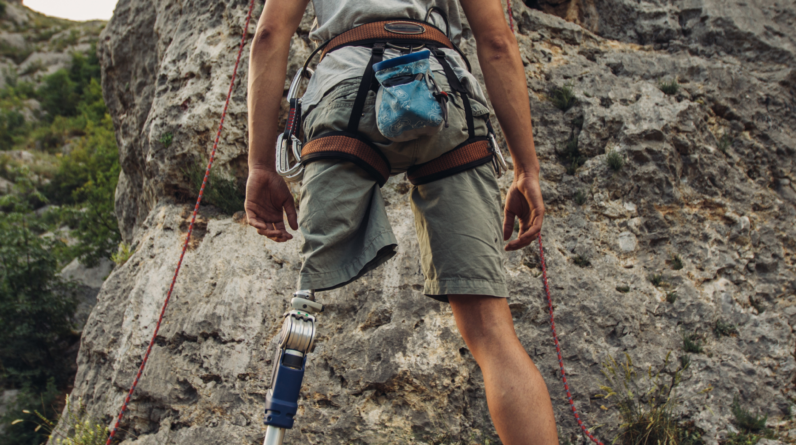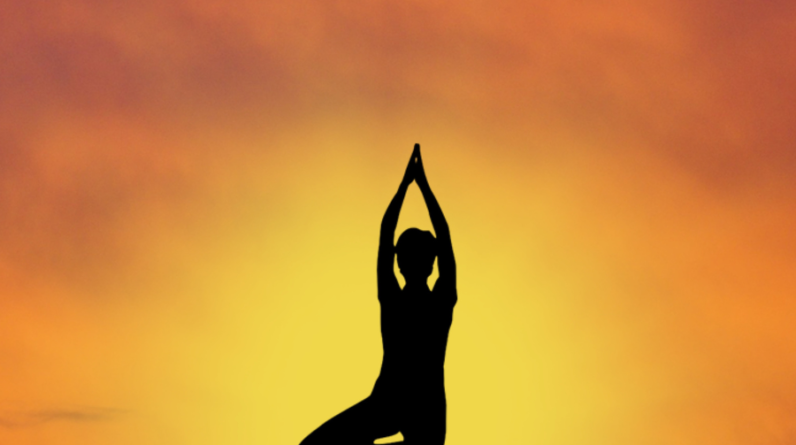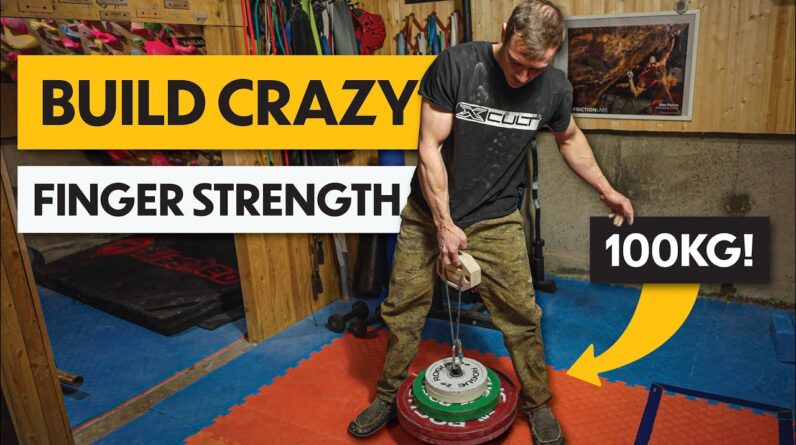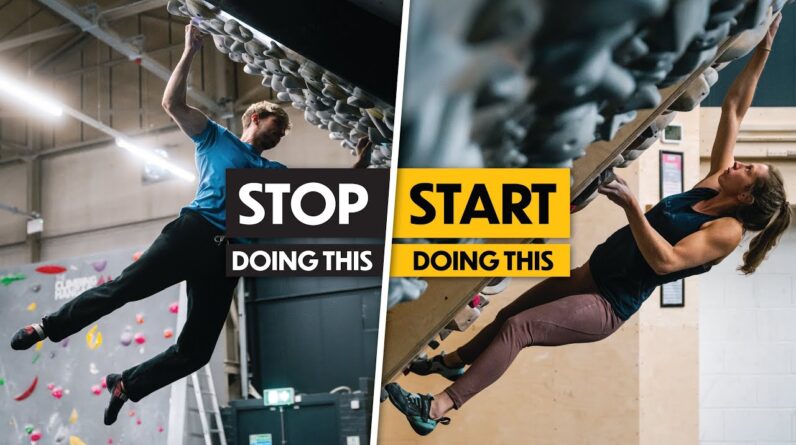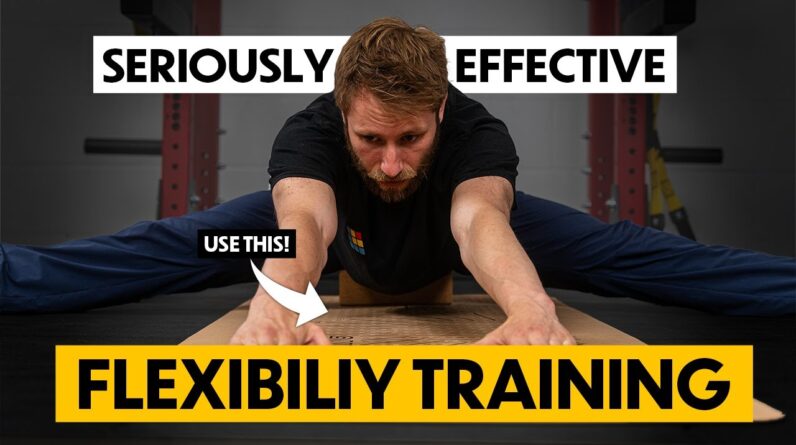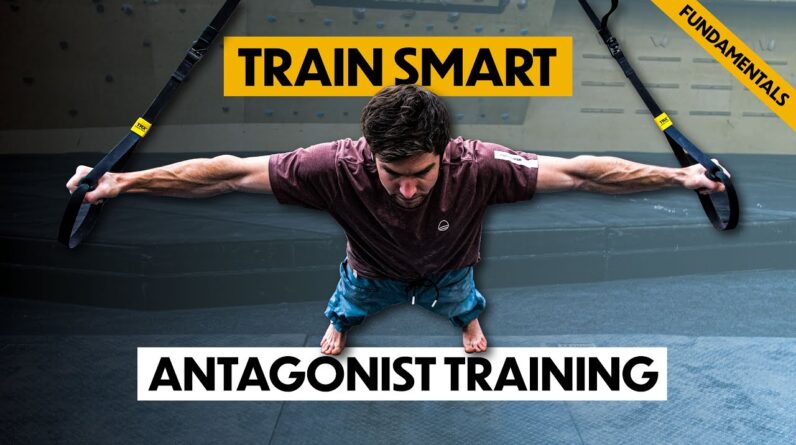
Training specificity i.e. targeted training for climbing movements gets a lot of attention and for good reason. It is often one of the best ways to see fast gains in climbing performance. However we also need to take a step back and look at the larger picture. A climber needs general strength, throughout the entire body, to firstly support the high demand of specific training and to reduce their risk of injury. In this episode we cover a fundamental approach to training longevity; antagonist training. Coach Maddy Cope (@madeleine_cope) explains what we mean when we say antagonist training in the context of climbing and covers 3 core exercises we use with our athletes. Coach Josh (@
hadley_joshua) explains how and when to fit this form of training onto your routine.
If you’ve ever had a sore elbow or a Tweaky shoulder you need to watch this Video to the end because we’re talking About training antagonists this isn’t Just about injury prevention it’s also About increasing your performance [Music] I have maddie cope with us today to talk Us through antagonist training so the First big question for us is what is Antagonist training so when we complete A movement we have an agonist muscle and An antagonist muscle and the agonist is What we refer to as the main mover and The antagonist is the opposing muscle in That movement So in climbing we do a lot of pulling so Our agonist muscles are our main movers In pulling and that is our biceps and Our lats so when we talk about Antagonist training in climbing we’re Generally referring to our pushing Muscles so our chest and our triceps so Antagonist training is when we look to Incorporate exercises that specifically Target these muscles off the wall to Support our climbing [Music] Okay so why do we need to train our Antagonist muscles if they’re not the Main movers in our sport one of the main Reasons we want to train our antagonists Is injury prevention our muscles and our Bodies work as a whole system so if we
Become really imbalanced and really Dominant on one of our muscles they are Pulling muscles then we can Open ourselves up to injuries with this It would often be around the shoulders Or the elbows beyond injury prevention This can actually be really good Training for our climbing performance Climbing is not just basic pulling we Know that it doesn’t just look like Completing endless pull-ups so when it Comes to more complex movements and Moving through a variety of positions Actually our pushing muscles often get Involved if you are experiencing a Plateau in either your pulling strength Or your climbing incorporating Antagonist training could be a great way To push past this okay so maddie is Going to take us through three different Methods for training your antagonist the First one we’re going to look at some Basic bodyweight exercises then we’re Going to look at using free weights and Finally looking at suspension training So a trx or gymnastic rings So the first exercise we’re gonna look At is the push-up this is a body weight Exercise and it’s really great because It requires no facilities whatsoever so This can be done anywhere push-ups Primarily target the chest shoulders and Triceps but we recommend using a narrow Hand position to target the triceps more
When it comes to form you want to think About keeping your elbows tight to your Side throughout that whole range of Movement you also want to keep your core Engaged so that your pelvis is not Tipping and you are not arching your Back it’s important to work through a Full range of motion to get the most out Of your press-ups so when you lower down In control you want your nose to come Close to the ground although press-up is Simply a body weight exercise there are Ways in which we can change the Intensity to make it right for us in Order to do this we want to change the Angle of our body so we could either do A press up against a wall so we’re at a Higher angle or we could do it on the Floor If you are on the floor you can also put Your knees down if the standard form of A press-up is too lower intensity for You you can also raise one leg this Means that you’ll be working your core Harder because there’s an element of Instability because the press up is a Bodyweight exercise it’s quite hard to Be very prescriptive with the intensity So in this exercise we’re going to give You quite a large range of repetitions Somewhere between 5 and up to 12 is a Good starting point if you can’t do Five press-ups in the given form try the Regressions which we have just shown you
If you’re doing more than 12 at the Hardest progression it would be good to Start thinking about using free weights To increase the intensity traditional Bench press would be your go-to exercise For this you’re going to want to perform Four sets with roughly two to three Minutes rest in between each set [Music] The next exercise we’re going to look at Is the shoulder press given that Climbing is overhead pulling overhead Pressing could be one of the best Antagonist exercises you could do Shoulder press requires either dumbbells Or a barbell so although it’s not as Easy on facilities these weights make it Really easy to overload the muscles and Monitor your progress in this video We’re going to focus on dumbbells and This is simply because barbells start at Around 20 kilos and this is quite a Heavy weight to be introduced into the Overhead press a dumbbell overhead press Can be performed either seated or Standing in both cases you want to keep Your core engaged and press smoothly Throughout a full range of motion This means fully straightening at the Elbow and imagining pushing the ceiling Away from you if you are completing this Exercise standing up You want to ensure that you don’t use Other parts of your body to assist the
Push such as your lower body this is an Exercise in itself but if you’re wanting To target the antagonist muscles We feel like a strict push press is a Good place to start given that this Exercise is using dumbbells there’s two Options you could either do one arm at a Time or both arms at a time Using one arm can be useful if you have Limited weights available to you such That you only have one dumbbell of the Weight you want to use for a good Strength stimulus in this shoulder press Exercise we’re going to be using a rep Range of six to eight reps you want to Choose a weight which means that final Rep is really hard to complete again We’re going to be doing this exercise For four sets resting roughly two to Three minutes between each set The final exercise we’re going to look At is a suspension exercise so this is Using either a trx or gymnastics rings Trx exercises are really good for Working on stability and working more Extended positions that really help Support compression strength when using A trx it can be really easy to adjust The difficulty as you progress as you Can simply move your feet relative to The connection point of the trx such That the angle of your body changes When using the trx it is really Important to keep your core stable such
That your whole chain from your hands to Your feet remains engaged throughout the Whole movement Keep the movements smooth and controlled And you should be able to hold a pause In the end position before moving back Up to the starting point a really great Exercise to start with on the trx is a Prone t When you complete this movement it can Be good to keep a very slight bend in Your elbow the starting position for the Prone tee has your palms facing forwards And then as you lower your chest Forwards you take your arms directly out To your side The finished position will have your Palms facing directly forwards and you Should aim to end with your arms Slightly in front of your chest You don’t want to go so far such that Your arms move behind your body and you Also don’t want to allow rotation either Inwards or outwards because using the Trx is quite a learnt skill it can be Really useful to video yourself Completing the exercise so that you can Check your form as maddie said this Exercise can be quite complex in that it Uses a lot of stability and engagement From the rest of the body so we’re going To start off a slightly higher rep range Of going to 10 reps this is going to Help you learn the skill by performing
More repetitions if you can perform all 10 reps with really great form simply Make the exercise less intense because Of the stability and the core engagement Involved we’re also going to use Slightly less sets so we’re going for Three sets in this exercise again with Roughly two to three minutes rest in Between [Music] Antagonist chaining as we said earlier Is really going to improve your Longevity and performance in climbing so It’s important you find time each year To do these exercises the ideal time to Focus on your antagonistic training is In your off season or your base season When you’re not really focusing on Performing or sending really hard in a Similar fashion to many strength and Conditioning exercises as we approach Our performance season we might look to Increase the intensity particularly in The muscles around the chest and Shoulders which are going to be included In any compression style climbing in our Peak season however antagonistic Training might be one of those exercises That we actually look to drop out of our Training program to save energy for our Most specific training during a Performance phase or in your peak season Your antagonistic training is likely one Of those exercises which is first going
To be removed from your training program This is going to help you save your Energy for your performance as we’ve Mentioned in the other fundamental Series videos with conditioning Exercises we’re going to be saving these Exercises for the end of our training Session after any of our very climbing Specific work specifically the stuff You’re doing on the wall this has been Part of our fundamental series in which We covered antagonistic training if you Enjoyed this video please like and Subscribe and we’ll see you next time [Music] You

